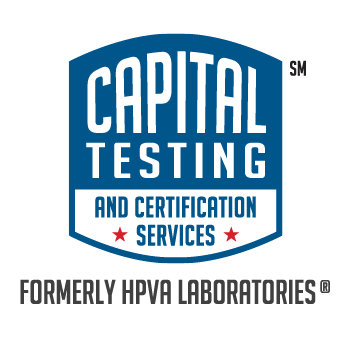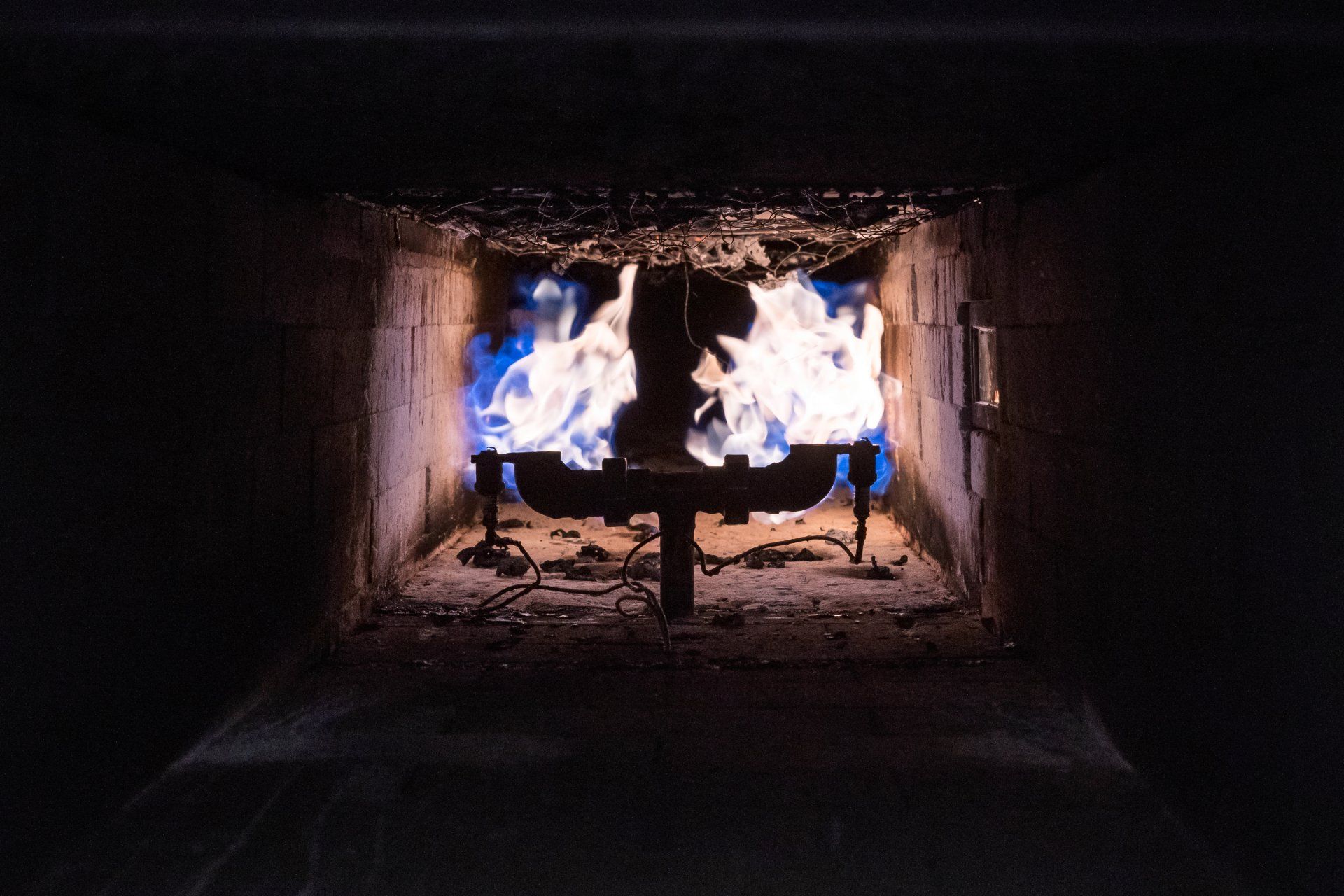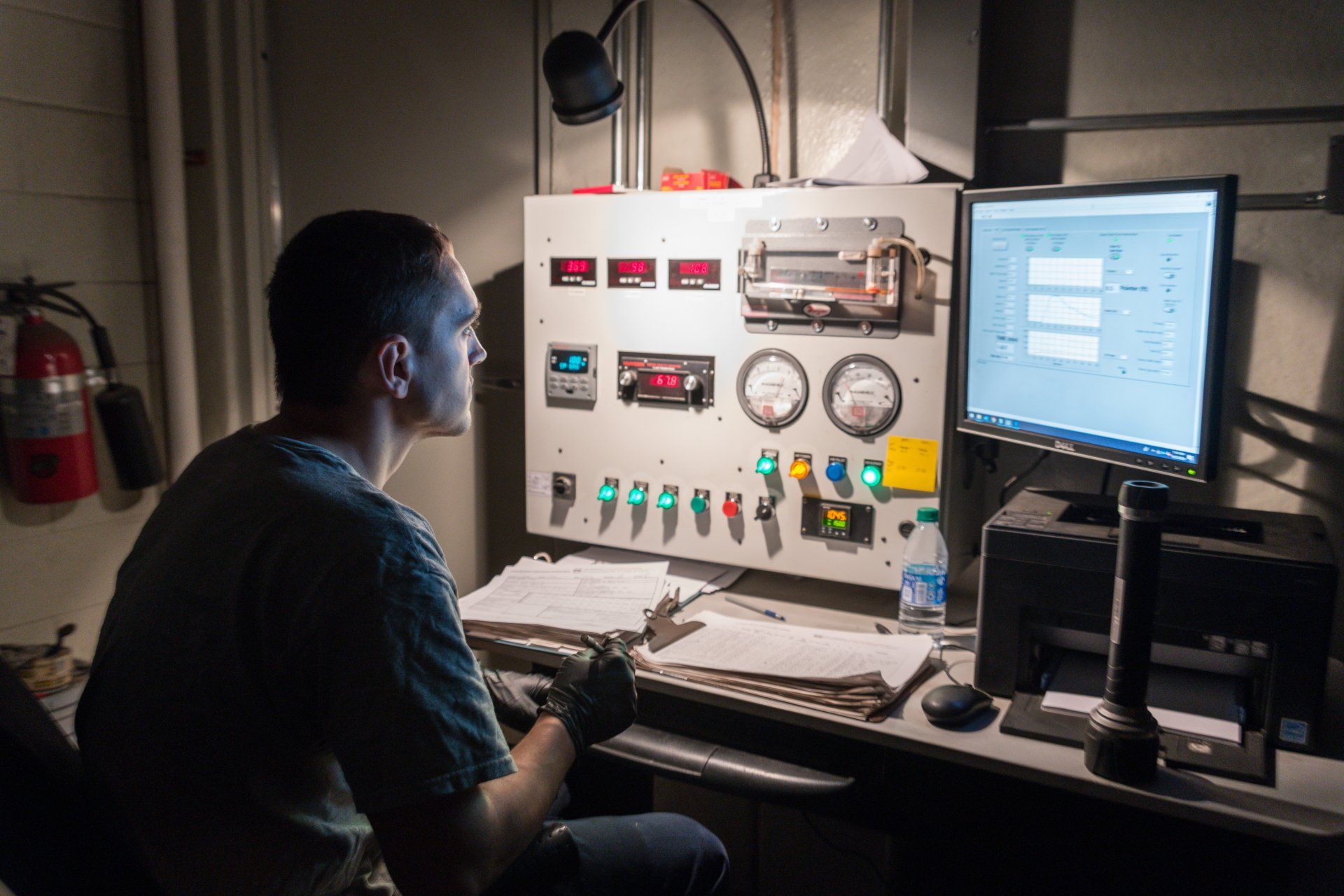ASTM E84
StEINER TUNNEL TESTING - SURFACE BURNING CHARACTERISTICS
ASTM E84 Steiner Tunnel Testing
Surface Burning Characteristics of Building Materials
Which materials need to be tested in accordance with ASTM E84?
- Paints and Coatings
- Wallcoverings
- Adhesives
- Caulks and Sealants
- Insulation (including pipe, duct and blown-in)
- Ceiling Tiles
- Acoustic Panels and Site Fabricated Stretch Fabric Systems
- Wood Products (including lumber, panel products, decorative trim, shingles and shakes)
- Reflective Insulation and Radiant Barriers
- Plastics and Wood/Plastic Composites (notify Capital Testing if your product is a thermoplastic)
- Textiles
How is ASTM E84 testing performed?
Prior to testing, the test specimen is placed in a conditioning environment that is is held at 73.4 ± 5°F and 50 ± 5% relative humidity. The ASTM E84 test specimen is conditioned to equilibrium moisture content which is determined by weighing the test specimen.
The Steiner tunnel is preheated to a minimum brick temperature of 150°F and then cooled to 105 ± 5°F. After the tunnel has cooled to required temperature range, the tunnel lid is lifted, and the test specimen is placed on the ledges of the tunnel. The ASTM E84 specimen is mounted in a ceiling orientation with the side that will be exposed to the flame facing downward. A 1/4 inch fiber-cement board is placed on the backside of the specimens to protect the Steiner tunnel lid during ASTM E84 testing.
After the specimen has been loaded into the test chamber, the lid is lowered, and a 240 ft./min airflow is established. The test specimen is preheated for approximately 2 minutes while air is pulled through the tunnel. An 88 kW burner is positioned at the front end of the tunnel. The burner has two ports that point upward toward the face of the specimen. After the 2-minute preheat, the burner is ignited, and it remains on for the duration of the 10-minute test. The flame front is tracked by an observer, referred to as the Reader, as it progresses down the length of the tunnel. Smoke density is measured with the use of a photometer system on the exhaust duct. Temperature data is recorded throughout the test by a thermocouple probe that is 23 feet from the centerline of the burner and approximately 1 inch below the sample surface.
What data will be included in an ASTM E84 report?
- Flame Spread Index (FSI)*
- Smoke Developed Index (SDI)*
- Time to Ignition
- Flame Spread Distance vs. Time
- Maximum Flame Spread Distance
- Temperature vs. Time
- Time to Maximum Temperature
- Smoke Area vs. Time
Interpreting ASTM E84 Results
ASTM E84 testing produces two index values, Flame Spread Index (FSI) and Smoke Developed Index (SDI), which are used by code officials, designers, and architects to determine whether a product is suitable for its intended application. Flame Spread Index is rounded to the nearest multiple of 5. Smoke Developed Index is rounded to the nearest multiple of 5 for values less than 200. For smoke developed values that are greater than 200, the SDI is rounded to the nearest multiple of 50.
The most commonly used classification system can be found in the International Building Code (IBC), NFPA 5000, and NFPA 101.
| Class | Flame Spread Index Requirement | Smoke Developed Index Requirement |
|---|---|---|
| A | 0 - 25 | 0 - 450 |
| B | 26 - 75 | 0 - 450 |
| C | 76 - 200 | 0 - 450 |
Class A, B and C correspond to Type I, II, and III respectively in other codes such as SBCCI, BOCA and ICBO. Specific applications, such as plenum areas, may require a more restrictive 25 flame spread, 50 smoke developed rating (25/50). Verify requirements with the Authority Having Jurisdiction (AHJ).
ASTM E84 Test Specimen Preparation
ASTM E84 test specimens should be 20 - 24 inches in width and 288 inches (24 feet) in length. The specimen can be provided as a continuous, unbroken length (handling fees may apply) or sections that will be joined or butted end-to-end. The test specimen should be representative of the materials which the test is intended to examine. The test specimens should be self-supporting when installed in a ceiling orientation or additional supports may be used.
A specific specimen preparation procedure is required for some products:
- ASTM E2231 for pipe and duct insulation materials
- ASTM E2404 for wallcoverings, facings and veneers
- ASTM E2573 for site-fabricated stretch systems
- ASTM E2579 for the following wood products
- ASTM E2599 for reflective insulation, radiant barrier and vinyl stretch ceiling materials
- ASTM E2688 for tapes
- ASTM E2690 for caulks or sealants
- ASTM E2988 for flexible fibrous glass insulation for metal buildings
- ASTM E3202 for plastic composites for use as deck boards, stair treads, guards or handrails
- ASTM E84 Annex A5 for insulation facings
- ASTM E84 Annex A6 for textiles
- ASTM E84 Annex A7 for batt or blanket type insulation
- ASTM E84 Annex A8 for acoustic panels that are less than 20" wide
- ASTM E84 Annex A9 for coatings, cementitious mixtures, and sprayed fibers
- ASTM E84 Annex A10 for loose fill insulation
- ASTM E84 Annex A11 for single layer membranes or thin laminates
- ASTM E84 Annex A12 for adhesives
- ASTM E84 Appendix X1.1.2.1 for joints (non-mandatory)
- ASTM E84 Appendix X1.2 for plastics (non-mandatory)
Is Capital Testing an accredited ASTM E84 laboratory?
Capital Testing and Certification Services is ISO/IEC 17025 accredited to conduct ASTM E84 testing. Similar Steiner tunnel methods: ASTM E2768, CAN/ULC S102, and CAN/ULC S102.2 are also covered under Capital Testing's scope of accreditation. Click Here for Capital Testing's full ISO 17025 scope.
Contact chrisp@capitaltesting.org for more information about ASTM E84, ASTM E2768, CAN/ULC-S102 or CAN/ULC-S102.2 testing.



